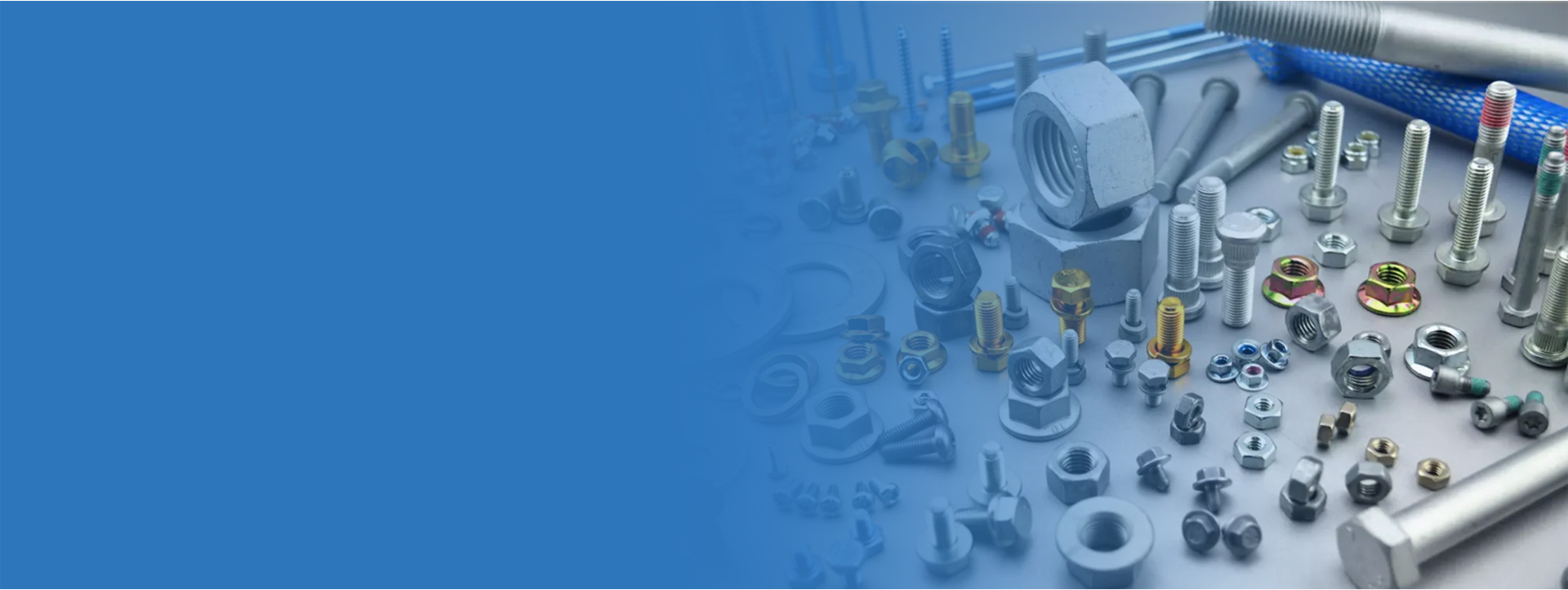jul. . 26, 2024 15:57 Back to list
Exploring the Features and Benefits of Threaded Axle Rods in Modern Engineering Applications
Understanding the Importance of Threaded Axle Rods in Modern Engineering
In the realm of modern engineering, threaded axle rods play a pivotal role across various sectors, from automotive to construction. This seemingly simple component is essential for providing structural integrity and enhancing the functionality of machines and vehicles. As we delve deeper into the significance of threaded axle rods, we will explore their design, applications, and advantages.
What is a Threaded Axle Rod?
A threaded axle rod is a long, cylindrical metal rod that features helical threads along its length. These threads allow for the rod to be securely fastened within a corresponding nut or socket. By providing a means of creating tension and affixing components together, threaded axle rods are utilized in numerous applications where stability and strength are paramount.
Design Considerations
The design of a threaded axle rod is crucial for its performance and usability. Typically made from robust materials such as steel or aluminum, these rods must withstand significant stress and strain. The thread design—whether coarse or fine—determines how much load the rod can bear and how tightly it can be secured. Engineers must consider factors such as the diameter of the rod, the type of threading, and the specific environmental conditions it will face, such as exposure to moisture, heat, or corrosive elements.
Applications in Various Industries
1. Automotive Industry In vehicles, threaded axle rods are fundamental in suspension systems, where they connect various components, ensuring stability and performance. They also play a role in steering systems, helping to fasten tie rods and linkages that are vital for steering control.
2. Construction and Heavy Machinery Threaded axle rods are extensively used in machinery such as cranes and excavators. They help in securing heavy loads and maintaining the integrity of critical structural components. The ability to adjust the tension in these rods allows for precise control of movement and stability when lifting or maneuvering heavy objects.
3. Railways In the railway sector, threaded axle rods are crucial for connecting wheels to axles. Their strength ensures that the wheels can bear the immense weight of freight and passenger trains while maintaining alignment and safety during operation.
threaded axle rod

4. Aerospace The aerospace industry relies on threaded axle rods in various applications, including landing gear systems and internal structures where weight savings and reliability are paramount. The precision required in this sector means that every component, including threaded rods, must adhere to strict regulatory standards.
Advantages of Threaded Axle Rods
The benefits of using threaded axle rods in engineering applications are numerous
- Strength and Durability Made from high-strength materials, these rods can endure significant loads, making them suitable for high-pressure environments.
- Adjustability The threaded design allows for easy adjustments and fine-tuning of components, thereby enhancing performance and safety.
- Ease of Assembly Threaded axle rods facilitate straightforward assembly processes, enabling efficient manufacturing and maintenance.
- Cost-Effectiveness Given their durability, the long lifespan of threaded axle rods translates to lower replacement costs over time, making them a wise investment for industries.
Conclusion
The threaded axle rod, while often overlooked, is a cornerstone in modern engineering. Its diverse applications across multiple industries underline its importance in ensuring safety, reliability, and performance. As technology advances, the design and materials used in threaded axle rods will likely evolve, paving the way for even more innovative solutions in structural and mechanical engineering. By understanding the role of these components, engineers can continue to improve machinery and structures, ensuring they meet the demands of the future.
-
The Ubiquitous Reach of DIN934 in Application Realms
NewsMay.16,2025
-
Exploring Different Bolt Types
NewsMay.16,2025
-
Cracking the Code of Sleeve Anchor Mastery
NewsMay.16,2025
-
Clamp Design Principles,Types and Innovations
NewsMay.16,2025
-
Artistry Inspired by the Humble Anchor Bolt
NewsMay.16,2025
-
A Deep Dive into Screw Types
NewsMay.16,2025


